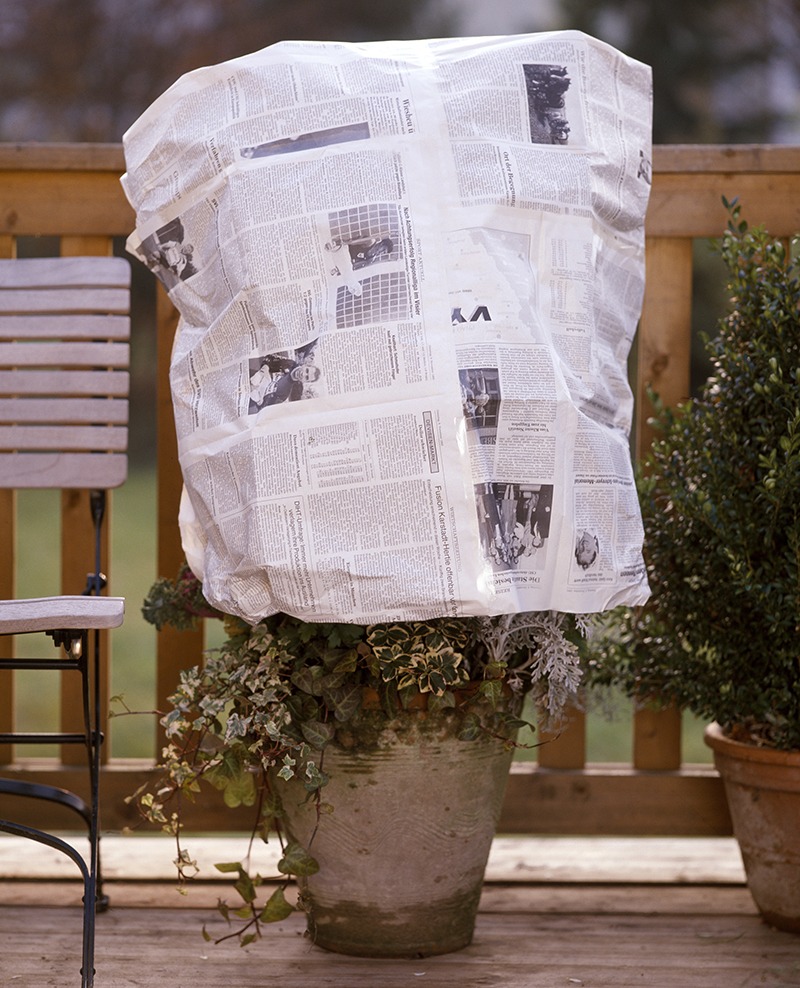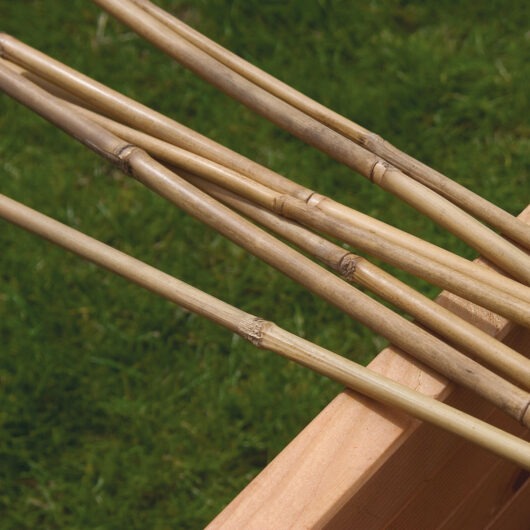How to prevent frost damage in your garden
Frost can cause devastation in a garden, even after just one night. But you can protect your garden plants against frost by taking a few quick and easy precautions.
If there is a frost warning – that is for temperatures to dip below -2 or lower, then you need to mind your sensitive plants and protect them against frost damage. The most vulnerable to frost tend to be young lettuce plants.
Protecting vulnerable plants against frost
Customers at CountryLife often ask me: what is the best way to protect garden plants against frost? I always suggest having two particular and inexpensive frost shields to hand – a fleece which can be draped over plants to form a tepee or a mini tunnel. Mini tunnels also double up as fantastic shields to promote early stage growth in young plants. They fold up easily and can be stowed away for their next use.

I often use a fleece in my own garden to protect my sweet peas as soon as a frost alert is issued. I stick a bamboo cane in the centre and drape the fleece over to form a tent-like structure. It is important that the fleece doesn’t touch the foliage.
Slow thawing frosted plants
If you miss a frost alert and wake to a glistening garden, all is not lost. It is possible to still protect frozen plants. Head out into the garden with a few sheets of newspaper and lay these over any frost-sensitive plants. This will slow the thaw. The plant cells may still be frozen but they will thaw slower and this will prevent damage.

It is also important that you try to stay off the grass as much as possible in the frost. It breaks the stems of the grass and leaves you with black or brown patches afterwards.


Finally, if you are sowing vegetables during the frosty season, start your plants off in pots indoors. Only introduce them to the outdoors when the threat of frost has gone. Beans, peas and cabbage are the most frost sensitive vegetables and require a little more TLC!
SHOP PRODUCTS
All products mentioned in the above blog can be bought on countrylife.ie or in you local Tirlán CountryLife branch. To find your nearest store click here.

Grow It Heavy Duty Thick Fleece 10x1m
This Grow It Heavy Duty Thick Fleece gives enhanced protection against cold weather and winds and provides valuable protection to your plants over the winter season. Porous fleece fabric to allow plants to breathe.
Price: €11.99

Bamboo Canes 4ft Pack of 10
Multipurpose canes suitable for a wide range of jobs around the house and garden.
Price: €3.51














